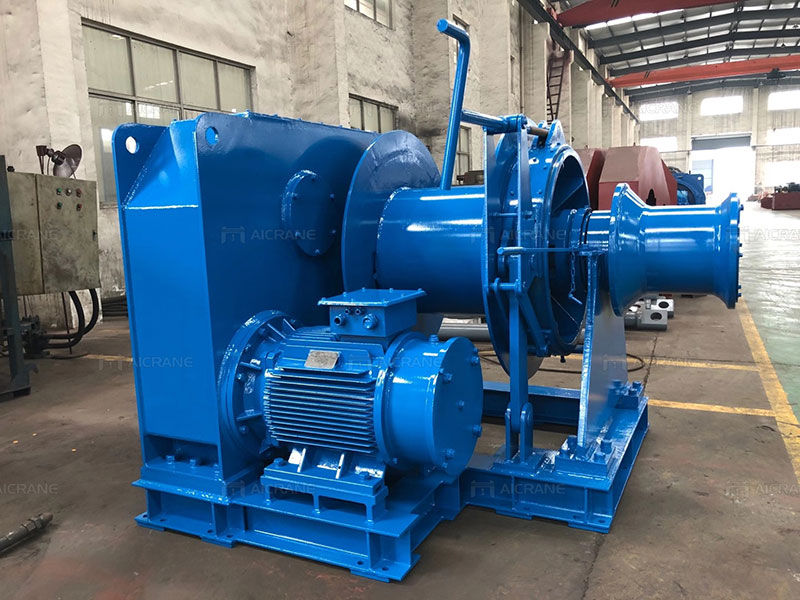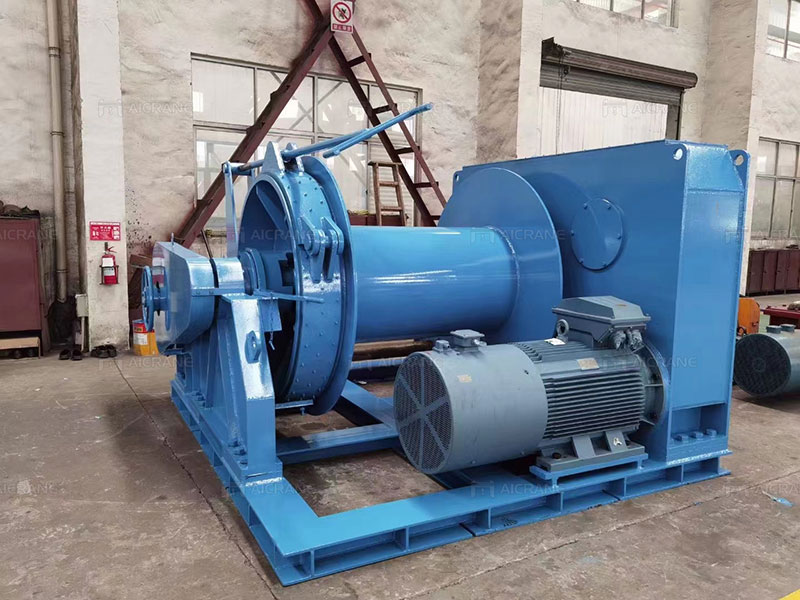Electric mooring winches are essential equipment used in marine operations to secure vessels and maintain position. To ensure their reliable performance and prolong their operational life, routine maintenance practices are crucial. In this article, we will delve into the importance of routine maintenance for electric mooring winches and provide a comprehensive guide on best practices. By following these maintenance protocols, operators can mitigate potential issues, maximize winch efficiency, and enhance overall safety during mooring operations.
I. Importance of Routine Maintenance
Routine maintenance plays a critical role in the longevity and optimal performance of electric mooring winches. By regularly inspecting and maintaining these vital components, operators can identify and address minor issues before they escalate into major problems. Routine maintenance helps prevent unexpected breakdowns, reduces downtime, and enhances overall safety. It also ensures that the winch operates within its specified limits and meets the required performance standards, thereby avoiding accidents and costly repairs.

II. Recommended Maintenance Practices
A. Visual Inspection
Regular visual inspections: Conduct visual inspections of the winch, paying attention to external components, such as the drum, rope or line, and control panel. Look for signs of wear, damage, or corrosion.
Rope or line inspection: Check the condition of the rope or line for any fraying, unraveling, or kinks. Replace worn or damaged ropes promptly to maintain safe and reliable mooring operations.
B. Lubrication
Lubrication schedule: Follow the manufacturer’s guidelines for the recommended lubrication intervals. Regularly lubricate the winch components, including bearings, gears, and drive systems, with the appropriate lubricants.
Proper lubrication techniques: Apply lubricants precisely as instructed by the manufacturer, ensuring even distribution and avoiding over-lubrication, which can attract dirt and debris.
C. Tension Adjustment
Regular tension checks: Periodically check and adjust the tension settings on the mooring winch, ensuring it aligns with the recommended specifications. Improper tension can result in inefficient performance or overload conditions.
Correct tensioning techniques: Follow the manufacturer’s guidelines for proper tension adjustment procedures, taking into account factors such as load capacity and environmental conditions.
D. Control System Calibration
Control panel functionality: Regularly test and calibrate the control panel to ensure proper operation. Verify the responsiveness of switches, buttons, and indicators, and check for any irregularities or malfunctions.
Electrical connections: Inspect the electrical connections for signs of damage or loosening. Tighten or repair connections as needed to maintain reliable electrical communication within the control system.

E. Seal and Gasket Inspection
Seals and gaskets examination: Inspect seals and gaskets for any signs of wear, deterioration, or leaks. Replace damaged or worn seals promptly to prevent moisture or debris ingress, which can lead to component damage.
Proper seal and gasket installation: Ensure proper installation and alignment of seals and gaskets during maintenance or replacement, following the manufacturer’s guidelines to maintain the winch’s integrity.
F. Cleaning and Debris Removal
Regular cleaning: Clean the marine winch thoroughly, removing dirt, dust, and debris from all components. Pay attention to hard-to-reach areas, such as the drum grooves and control system.
Debris removal: Regularly inspect the drum and control system for accumulated debris, such as ropes, lines, or foreign objects. Remove any obstructions to prevent interference with the winch’s operation.
G. Record Keeping
Maintenance logs: Maintain detailed records of all maintenance activities, including inspection dates, lubrication schedules, and any repairs or replacements performed. This documentation assists in tracking maintenance history and planning future maintenance tasks.
Compliance with regulations: Ensure compliance with industry regulations and standards regarding record keeping and maintenance documentation.
III. Conclusion
Routine maintenance is vital for maintaining the reliability and performance of electric mooring winches. By implementing regular inspections, lubrication, tension adjustments, control system calibrations, seal and gasket inspections, cleaning, and record keeping, operators can prevent unforeseen issues and optimize the winch’s operational life. Adhering to these maintenance practices promotes safety, reduces downtime, and ensures efficient mooring operations. Remember to consult the manufacturer’s guidelines and seek professional assistance when needed to guarantee compliance and the longevity of your electric mooring winch.